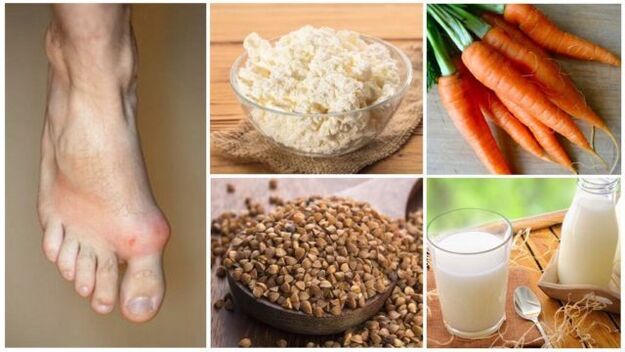
Improper nutrition, combined with impaired absorption of nutrients, leads to the progression of gout. This disease develops when the level of uric acid in the blood exceeds the allowable limits (for men above 420 μmol / l, for women - 350 μmol / l). As a result of disorders of metabolic processes, the salts of this acid settle on the walls of the intestines, blood vessels, arctic surfaces, and damage important organs of human life.
Over time, the chronic disease often becomes relapsed. In the acute period, patients experience favorable pain at the site of localization of the pathological process. Diet for gout helps to normalize uric acid levels and reduce the frequency of relapses.
Why diet for gout?
An important task of therapeutic measures is nature, to reduce the incidence of manifestations of the disease. This can be achieved by reducing uric acid content in the body.
The development of gouty attacks is caused by:
- eat large amounts of food containing purine substances;
- metabolic disorder.
Optimizing the diet allows you to begin the correct processes of assimilation and excretion of substances. Therapeutic measures aimed at eliminating the causes of the development of the disease are closely related to respecting the restrictions of some food addictions. With the help of a properly composed diet menu, you can slow down the progression of the disease.
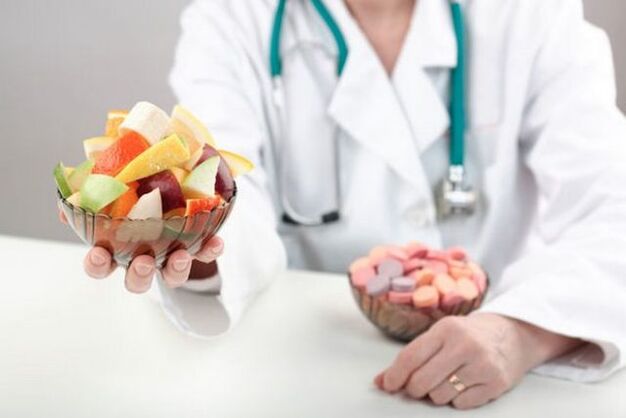
Foods that include a person's daily diet should include foods that contain many substances beneficial to the body.
Nutritional therapy for gout is aimed at reducing symptomatic manifestations by eliminating the food components that trigger them. The products that a person consumes every day have a wonderful effect on the general state of health, they are responsible for the chemical processes that occur in the human body throughout its entire life cycle.
What not to eat with gout?
Based on the studies, scientists have identified a list of products that directly stimulate the primary development of the disease and its further progression.
The list of things you don't eat for gout includes:
- smoked cheese and spicy cheese product;
- meat and bone products rich in cholesterol (pulp of young animals and pigs, hooves, buldyzhki);
- meat and bone fats, ear;
- fish with a high fat content (sardines, sprats);
- pickled vegetables, pickled fruits (cabbage, watermelons, cucumbers, apples);
- hot, cold smoked products;
- legumes (peas, beans, soybeans, lentils);
- greens, containing oxalic acid (spinach leaves, Samhadh, rhubarb root);
- hot spices, sauces;
- some varieties of vegetable crops (Brussels sprouts and cauliflower, radish);
- internal organs of animals found during butcher carcasses (kidneys, liver, lungs, heart, brains);
- oat groats;
- products that use confectionery fat;
- alcohol of any percentage;
- fruits and berries (grapes, raspberries, figs);
- hot, spicy and ethereal spices (bay leaves, horseradish, chili pepper);
- fat and oil products of animal origin (lard, margarine, lard);
- canned meat, fish and vegetable products.
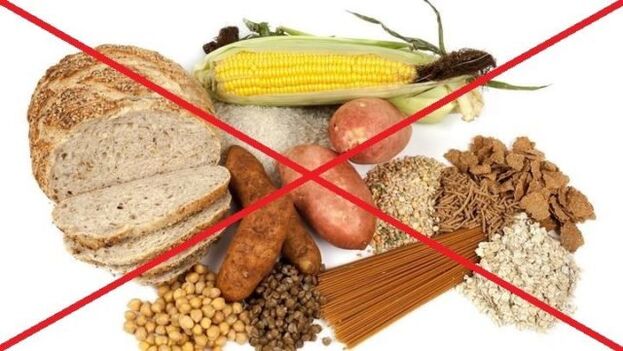
If the diet is unbalanced or contains large amounts of fatty, spicy or heavy meals for the digestive system, a person's metabolism can be disrupted.
The list of products, which is recommended to limit its use:
- coffee, strong tea;
- im;
- plums;
- night shaded vegetables (eggplant, tomatoes, peppers);
- table salt, granulated sugar =.
- mushrooms (exclusively at the time of remission).
To alleviate aggression, as well as maintain a state of remission, it is important to remove the above foods from the diet for a long time.
What can you eat with gout?
List of foods recommended for use by patients with this disease:
- dietary meat products (rabbit, poultry, lean beef);
- lean white fish (pike, perch pike, cod, pollock);
- bran and rye bread;
- chicken eggs (other than yolk);
- cereal dishes (rice, wheat, buckwheat, millet, pearl barley);
- fresh vegetables (beets, carrots, cucumbers, cabbage, potatoes);
- seasonal fruits, berries (whiskey, melons, apricots, strawberries, peaches, cherries, blackberries, green apples);
- pasta;
- kernel of nuts (hazel, walnuts, cedar);
- herbal teas and decoctions (Dubrovnik, basil, catnip);
- fermented milk products, cottage cheese;
- juices, fruit drinks, compotes;
- boiled tomatoes;
- spices (turmeric, fennel, basil);
- vegetable oil (olive, rapeseed).
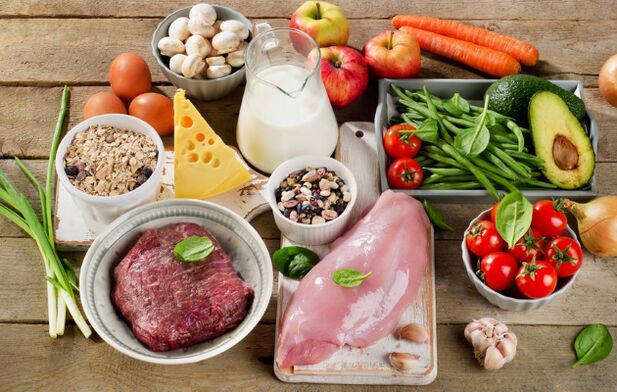
Nutritional therapy for gout will help the patient quickly get rid of unpleasant and painful symptoms at home.
In limited quantities, natural honey is useful for gout. This product is suitable as a sugar substitute.
Honey has many beneficial properties:
- immunostimulating;
- antioxidant;
- improve metabolic processes;
- bactericidal.
During the acute period, you should not abuse this beekeeping product. Patients with this disease need to eat foods that are rich in vitamins, trace elements, amino acids. Pharmaceutical fish oil is a useful supplement for gout.
General rules of food
Immediate relief is not guaranteed if certain prohibited foods are eliminated from your normal program. In addition, the list of products varies, depending on the stage and severity of the course of the disease. So, nutrition for gout during exacerbation involves adhering to stricter restrictions than during remission.
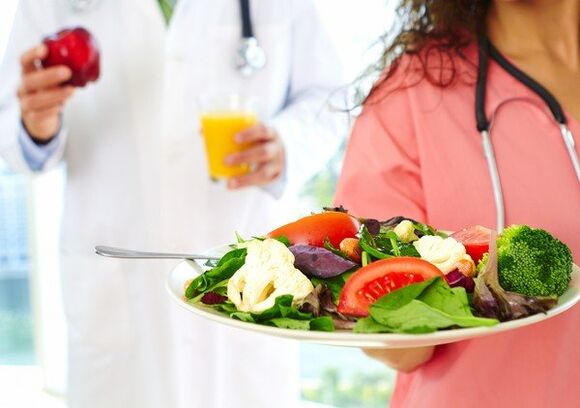
There is a set of rules for patients with this illness, which it is important to observe in diet therapy:
- Eat food in small portions a few times a day at short intervals (5-6 times). An increase in acetone in the urine causes hunger. And this can make the course of the disease worse.
- Chew food well, don't overdo it.
- Limit the amount of table salt used in the preparation of dishes (up to 5 grams per day). Salt has the property of retaining fluids in the tissues, which in turn means that uric acid salts are deposited.
- Optimize body fluid balance. To do this, it is recommended to drink at least 2 liters per day.
- Set fast days. Vegetables, dairy and fruit (other than those prohibited for consumption) are preferred.
- Adhere to restrictions for a long time, since short-term use of therapeutic diet is ineffective.
People suffering from severe metabolic disorders and with a history of diabetes and gout need to exclude dishes that cause jaundice in uric acid and insulin levels in the blood. The diet for gout and diabetes is designed to reduce these indicators, in order to avoid the development of exacerbations and complications.
How to properly prepare food?
Restricting the grocery list is not the only item to note. It is important to choose the right cooking method when preparing your meals.
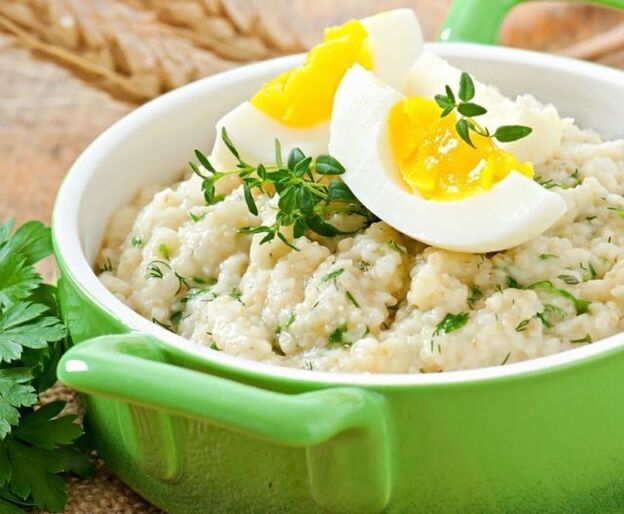
There are no special requirements for the preparation of products, other than meat processing.
Cooking is permitted in the following ways:
- for twins;
- baking;
- shutdown;
- boiling;
- languor.
Cooking is contrary to:
- frying;
- smoking;
- salted and pickled;
- fermentation.
Do not use old burnt foods. The temperature regime of the food consumed should be optimal for food and not exceed a temperature of 40 degrees Celsius. Food should not be rough and tough. If necessary, individual dishes can be blended with a blender.
Effective diet: a menu for every day
Medical nutrition in terms of content of important components (protein-carbohydrate-fat balance), calories, vitamins, micro-acids, amino acids should be fed to the physiological needs of patients.
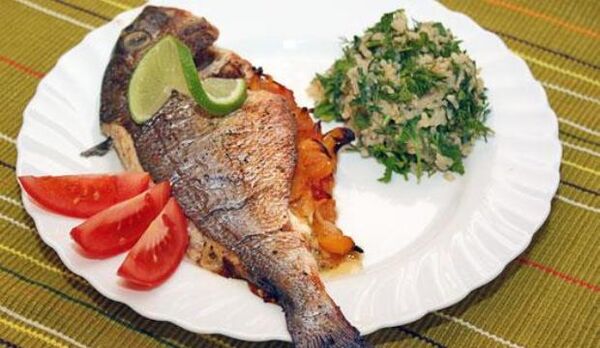
Diet around gout and high uric acid:
1 day
First breakfast: boiled cod, mashed potatoes, black bread, white cabbage salad, seasoned with sour cream, a cup of weak coffee with saccharin.
Second breakfast: cottage cheese casserole, boiled egg, bran bread, tea drink.
For lunch: vegetarian soup with fried roots and potatoes, beef stew, buckwheat porridge, fresh cucumber, 1 apple.
Dinner: carrot cutlets, pasta, milk, crackers biscuits.
At night: 200 ml of kefir.
2nd day
First breakfast: stewed white cabbage, 1 boiled egg, black bread, cappuccino.
Second breakfast: cappuccino, biscuit crackers.
For lunch: lean borscht, bran bread, baked poultry fillet, boiled rice, fruit jelly.
For dinner: stewed potatoes with vegetables, vegetable casserole, bran bread with butter, a glass of broth.
At night: 250 ml of curdled milk.

Day 3
First breakfast: vegetable salad (white cabbage, carrots, apple), weak coffee.
Second breakfast: cottage cheese with sour cream, rosehip broth.
For lunch: barley soup with sour cream, steam cutlet, mashed potatoes, berry jelly, whole grain bread.
For dinner: carrot cutlets with fruit, semolina casserole, glass of milk.
Before bed: steam prunes.
4th day
First breakfast: grated carrots with sour cream, wheat porridge, a glass of green tea.
Second breakfast: dried fruit cutlets, compote, biscuit crackers.
For lunch: milk noodles, boiled chicken with baked pumpkin and potatoes, fruit jelly, black bread.
For dinner: oven baked cheesecakes, carrot and apple cutlets, glass of tea with lemon.
At night: 200 ml of warm milk.
Day 5
First breakfast: porridge boiled in buckwheat milk, green tea.
Second breakfast: a glass of fresh carrot.
For lunch: vegetable rice soup with sour cream, boiled beef pulp, beet caviar, basil infusion with honey, black bread.
For dinner: pumpkin casserole with sour cream, a glass of weak tea, biscuits.
Before bedtime: rosehip infusion with honey.
6 days
First breakfast: chicken protein omelet, stewed beets, white bread, a glass of weak coffee.
Second breakfast: zucchini casserole, fruit compote and berries.
Lunch: vegetarian barley soup, boiled potatoes, stewed meat balls, jelly, black bread.
Dinner: rice boiled in milk, drink weak tea.
Before you go to bed: a glass of yogurt.
The standard nutrition regimen is drafted by a doctor. The combination options for meals allowed from a diet vary. Diet number 6 is common for gout. Its main principle is to exclude foods and dishes that are high in purine content, to add alkaline beverages to the diet, and gentle processing during cooking. A menu compiled independently with a restriction on the amount and nature of the food can lead to a long course of the disease.














































































